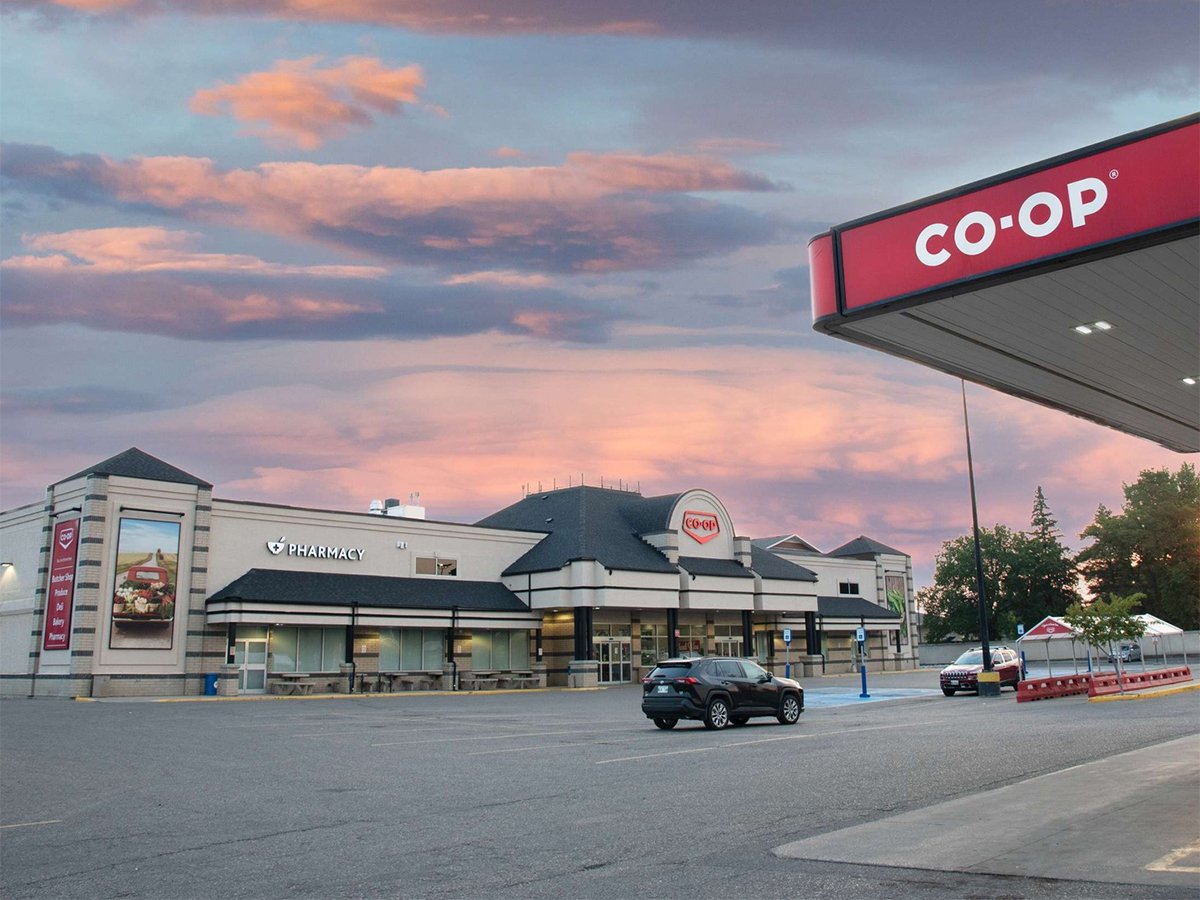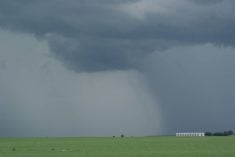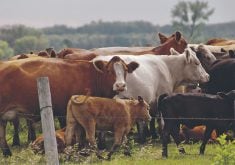HOW DO you handle a health threat that has never sickened or killed anyone on your continent and only a handful worldwide, but at the same time is characterized as the greatest health threat faced by humanity?
That’s the dilemma posed by H5N1 bird flu.
In news reports it is almost always referred to as deadly. There is a high mortality rate among those who contract it, but over four years it has killed only 105 people globally, most of them in Asia. Fewer than 200 have contracted the disease and almost all of them had direct contact with living infected poultry.
Read Also

Farmer ownership cannot be seen as a guarantee for success
It’s a powerful movement when people band together to form co-ops and credit unions, but member ownership is no guarantee of success.
That is less than 200 infected in a global population of 6.5 billion.
The odds of being struck by lightning are vastly higher than for contracting and dying from bird flu.
Yet Julie Gerberding, director of the prestigious U.S. Centers for Disease Control and Prevention, called it the most important threat that we face. That’s because of the virus’s potential to mutate into a form more easily transmitted from human to human. If so transformed, it could become a grim reaper not seen since the great flu pandemic of 1918 that killed 20 million to 50 million people worldwide, about 50,000 in Canada.
Today, with modern modes of transportation, a highly infectious flu affecting humans could spread around the world at lightning speed.
Many leading health experts believe a new flu pandemic is inevitable and that a mutation of the H5N1 bird flu virus is the likely candidate. The World Health Organization estimates that 25-30 percent of people around the world could fall ill from it and between two million and 7.4 million could die, although it admits the number could be much higher.
That is frightening speculation and it’s little wonder that when birds carrying H5N1 appear in a new country, many people stay as far away from birds as possible, including their meat, even though that is not a method of transmission. In response, farmers cut their flocks and reduce feed demand, so prices fall.
The H5N1 virus has not yet reached North America. The bird flu outbreak in British Columbia in 2004 was a different type, H7N3.
But an Ipsos Reid poll of Canadians found that four percent are already stocking up on cash, food, water and medicine in anticipation of a pandemic and another 27 percent are thinking about it.
When public fears rise, politicians and bureaucrats get involved.
Ever since Nero was criticized for supposedly fiddling while Rome burned, lawmakers have been attuned to the need to be proactive in the face of potential danger. They particularly face recrimination if they are judged to have ignored warnings.
So in the fight against the threat of pandemic flu, millions of birds are culled, billions of dollars are spent on vaccines whose effectiveness can’t be guaranteed, trade is restricted and there is talk about eliminating backyard poultry flocks that help sustain many poor farmers in the developing world.
All this is done despite the fact that H5N1 has not undergone the dangerous mutation that causes human-to-human infection even after years of close intermingling of millions of chickens and people in Asia. Some scientists doubt that it ever will.
With H5N1 likely to arrive with migrating wild birds in North America sometime this year, an appropriate response must be crafted to avoid overreaction, minimize the potential for public panic and protect commercial poultry producers.
Canada and the United States each have announced pandemic flu programs and they are to be congratulated for emphasizing that H5N1 is still a bird disease, not a human one.
But the danger remains that a build up of supposedly prudent public restrictions and personal decisions can wreak enormous economic and personal devastation that far outweighs actual risk. The BSE experience is a prime example.
Chicken farmers and the wider agricultural community would be well advised to begin an education campaign for the public, lawmakers and especially the news media designed to highlight the minimal risk to humans that H5N1 now presents.
This would help preempt the spread of sensational, “worst case scenario” fear-inducing stories and reactions that could devastate the poultry industry here.
Pandemic flu is a risk, but so far it is conjecture, not reality. In responding we must not do more harm than good.














